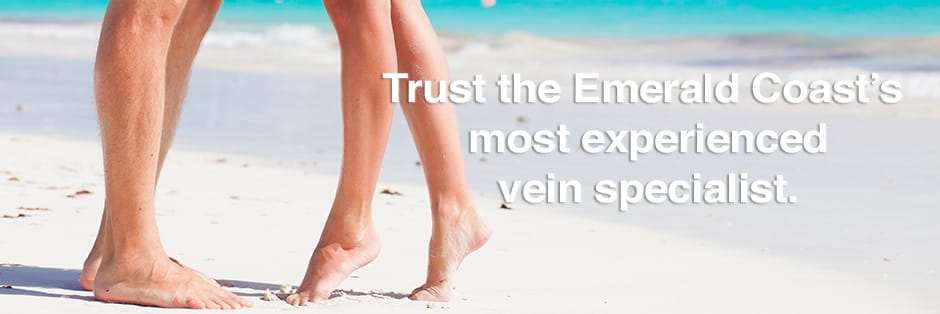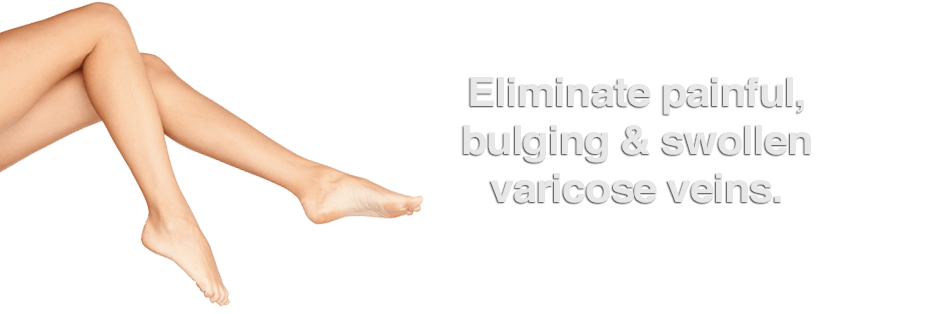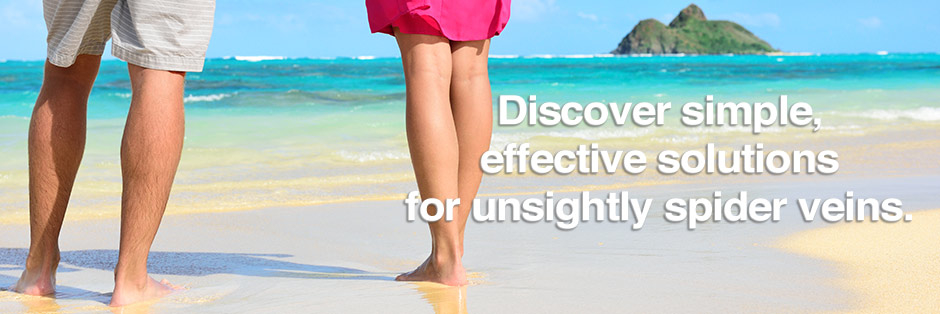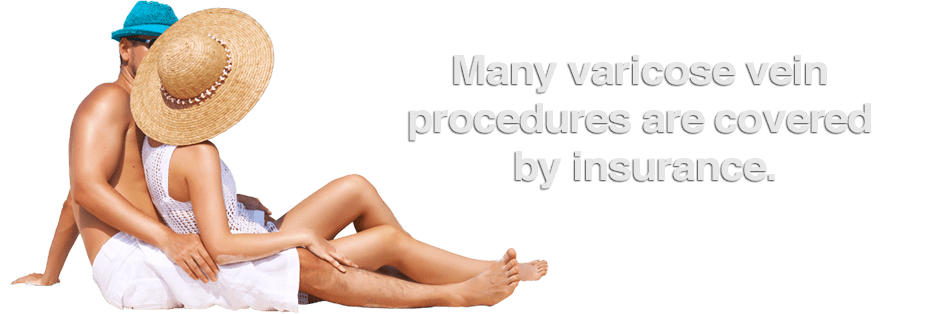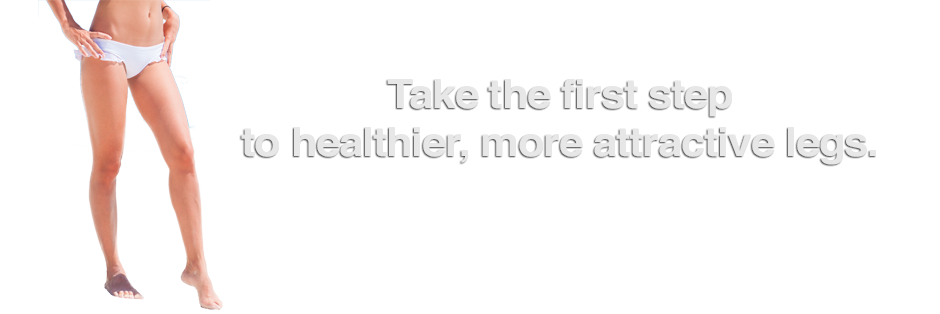She’s Got Legs
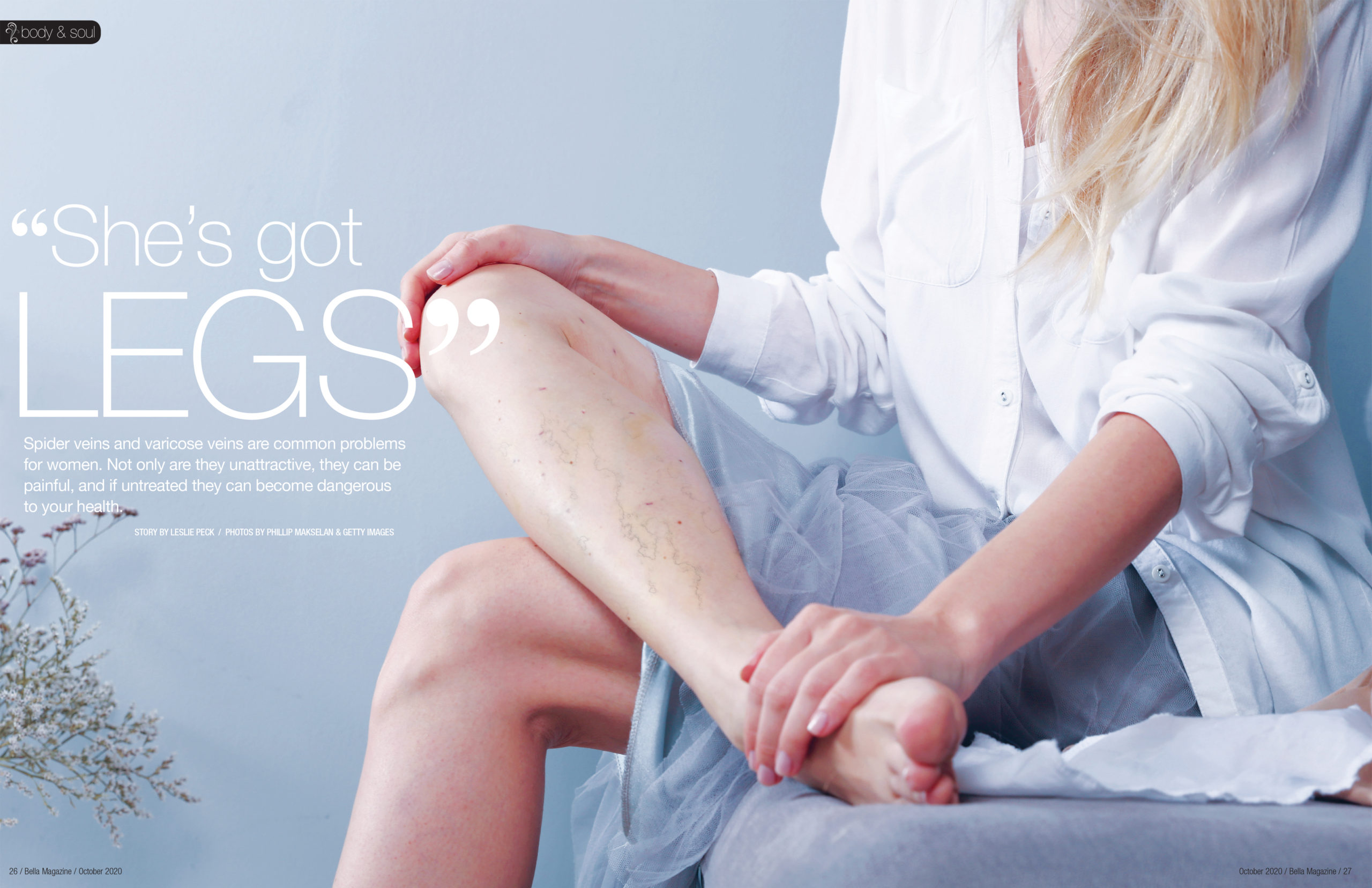
Spider veins and not varicose veins are common problems for women. Not only are they unattractive, they can be painful, and if untreated they can become dangerous to your health.
Story by Leslie Peck / Photos by Phillip Makselan & Getty Images
View PDF version of this article
“I am able to treat and help a patient with a medical problem and at the same time improve their cosmetic appearance. This improves not only the physical health out often the self-confidence of each individual. Helping people in this manner is very rewarding and enjoyable as a physician.” — Dr. James Jimenez
Veins are a fundamental part of our circulatory system, according to Dr. James Jimenez, board certified in interventional radiology and phlebology. Veins move blood, oxygen and nutrients throughout the body to tissues and organs. Spider veins are small clusters that form on the legs, arms or the face. Varicose veins are twisted, rope-like protruding veins on the legs.
WHAT CAUSES VEIN PROBLEMS?
Veins in the lower half of the body have to work extra hard against gravity to pump blood back to the heart. Each vein has valves that regulate the blood moving in the right direction, and over time those valves breakdown. When this happens, Jimenez said, pressure builds and blood collects, creating a bulging varicose vein. Women typically experience vein problems more often due to hormonal changes and pregnancy. Veins also weaken over time with age, standing or sitting for long periods of time, crossing your legs often and genetics. Untreated varicose veins can cause swelling and pain, muscle spasms and restless leg syndrome from a lack of circulation. As problems persist, the skin can have discoloration and develop a hard texture, which can cause cracking and bleeding. This is also known as lipodermatosclerosis. In more serious cases, long-lasting sores and fatal blood clots can form. Jimenez recommends early and proper treatment to prevent many of these painful conditions.
HOW TO HELP VARICOSE VEIN SYMPTOMS
There is no way to treat varicose veins at home, according to Jimenez, but you can help relieve some of the symptoms on a daily basis. Compression stockings worn regularly can reduce some of the discomfort and swelling. Compression therapy with a vein specialist can also relieve some of the symptoms. Staying active, lowering salt intake, drinking plenty of water and eating a balanced diet can help prevent the development of unhealthy veins.
WHAT TREATMENTS ARE AVAILABLE?
In the past two decades, vein treatments have come a long way, vein surgeries used to be more invasive and mainly done in hospitals.
- Endovenous Laser Treatment is one of the most advanced treatments for varicose veins. Guided by ultrasound, this procedure closes the vein allowing it to atrophy and be absorbed by the body. EVLT is 95 percent successful, minimally invasive, outpatient and has little to no downtime. Jimenez was the first in the Panhandle to perform the EVLT laser procedure and is known as a pioneer of minimally invasive vein procedures.
- Foam Sderotherapy Under Ultrasound Guidance uses microinjections of a foam sclerosant on smaller veins for a similar result as the EVLT does for larger veins.
- Ambulatory Phlebectomy is often combined with EVLT and is an outpatient, minimally invasive microsurgical technique. This procedure removes segments of the vein through small incisions.
- Scleroablative Therapy is also outpatient and helps to treat patients that have had prior vein procedures or stripping. Scleroablative therapy is very successful with little downtime.
- Compressions Therapy is prescription-strength stockings that are used to relieve varicose vein symptoms and pain without surgeries or procedures.
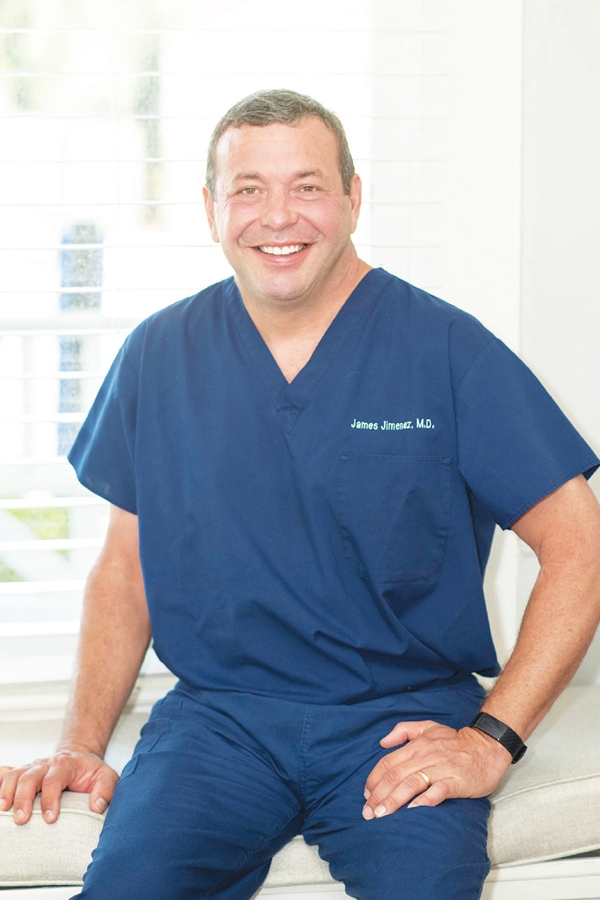 Dr. James Jimenez (better known as Dr. J), grew up in New Milford, New Jersey, and received his medical degree in 1992 from New York Medical College. He graduated in the top 10 percent of his class and was inducted into the Alpha Omega Alpha medical honor society. Jimenez completed his medical/surgical internship at New Rochelle Medical Center in New Rochelle, New York. He obtained his residency and fellowship in Diagnostic Radiology and Vascular/Interventional Radiology from L.I.J. Medical Center of the Albert Einstein College of Medicine in New Hyde Park, New York. As a resident he scored in the 94th percentile nationally in his Medical Specialty Board Certification. Jimenez is board certified by The American Board of Medical Specialties and holds a Certificate of Added Qualifications in Vascular and Interventional Radiology. He is additionally certified by the American Board of Venous and Lymphatic Medicine.
Dr. James Jimenez (better known as Dr. J), grew up in New Milford, New Jersey, and received his medical degree in 1992 from New York Medical College. He graduated in the top 10 percent of his class and was inducted into the Alpha Omega Alpha medical honor society. Jimenez completed his medical/surgical internship at New Rochelle Medical Center in New Rochelle, New York. He obtained his residency and fellowship in Diagnostic Radiology and Vascular/Interventional Radiology from L.I.J. Medical Center of the Albert Einstein College of Medicine in New Hyde Park, New York. As a resident he scored in the 94th percentile nationally in his Medical Specialty Board Certification. Jimenez is board certified by The American Board of Medical Specialties and holds a Certificate of Added Qualifications in Vascular and Interventional Radiology. He is additionally certified by the American Board of Venous and Lymphatic Medicine.